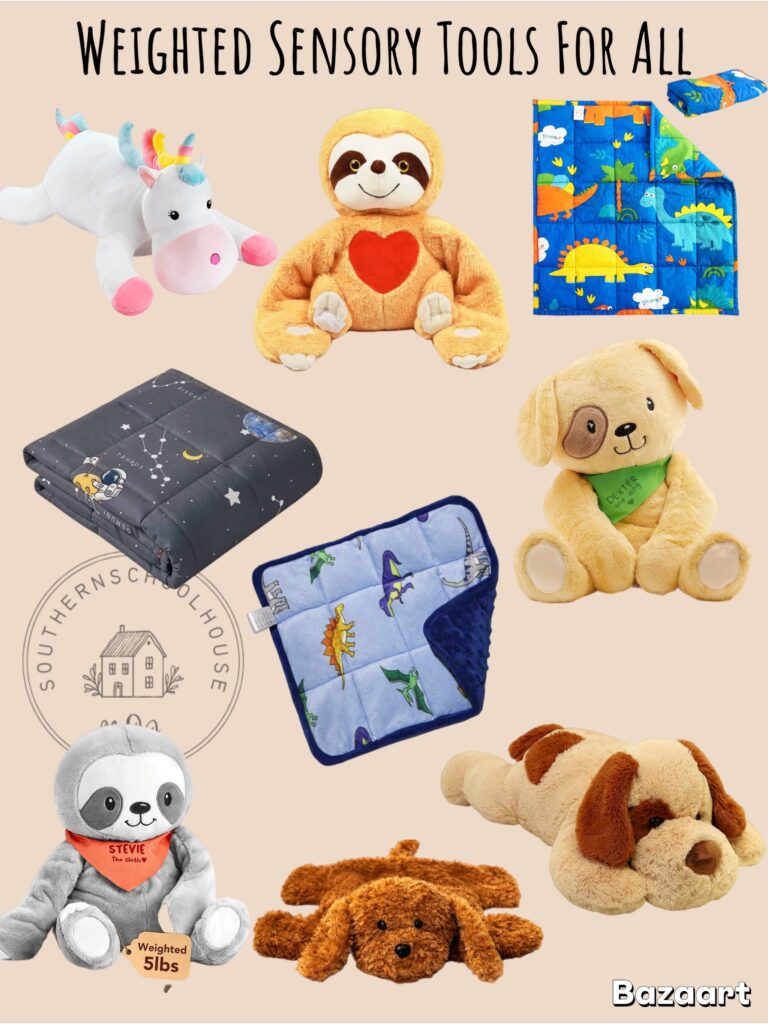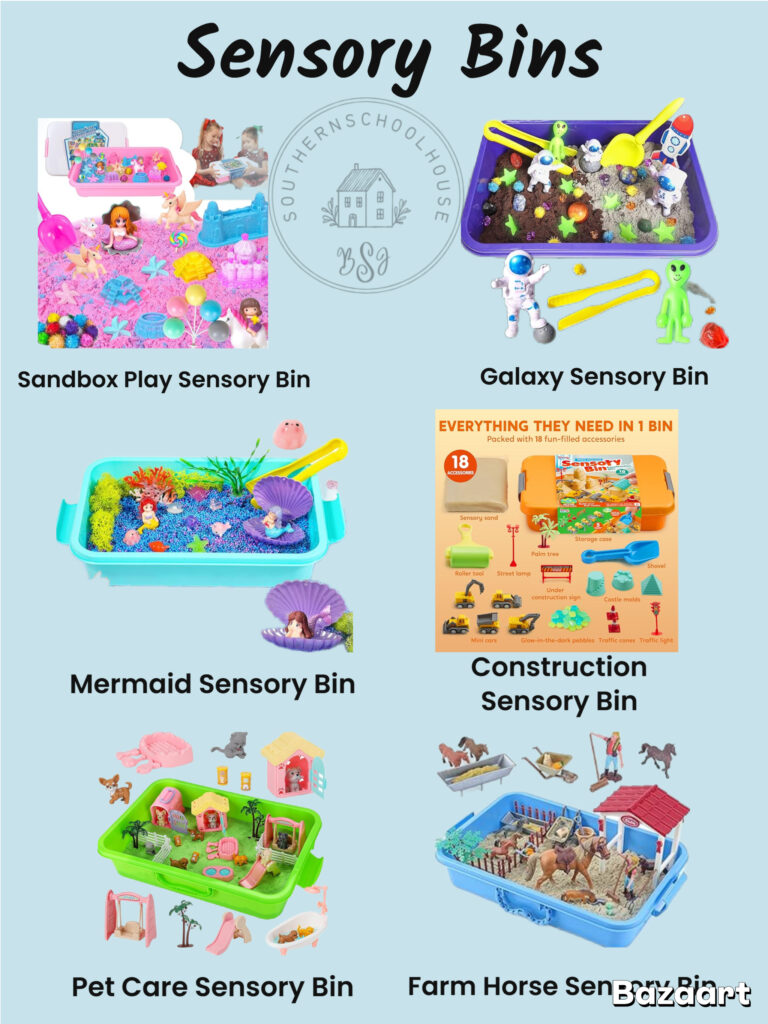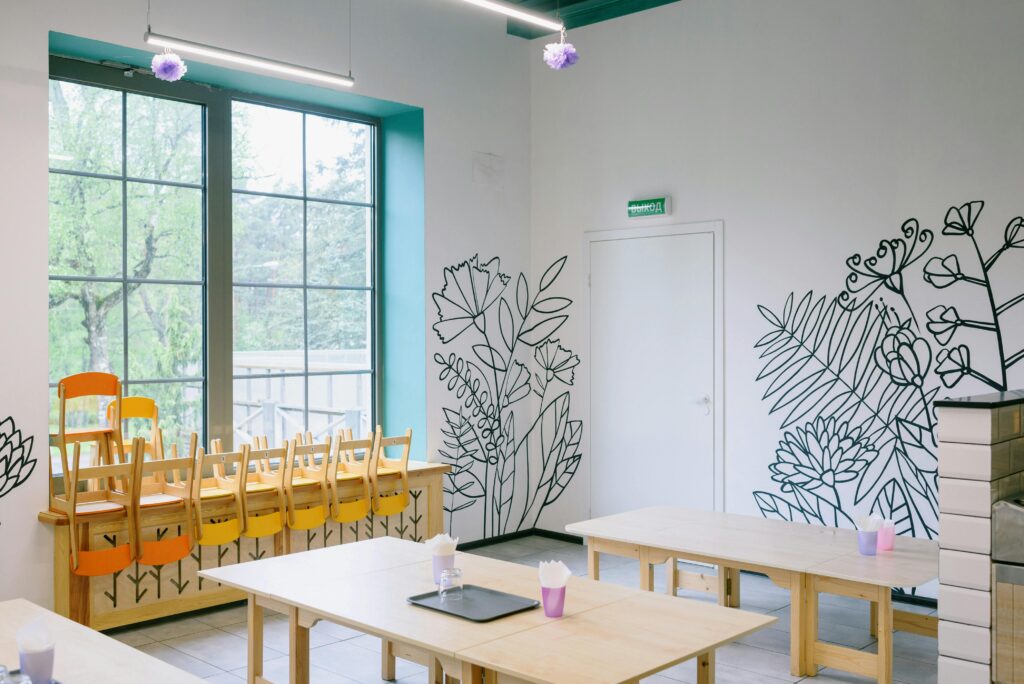Tips for National Boards Prior to Submission

Trying for National Boards is challenging. Here are some of the steps I took prior to submission to make the process smoother.
The Magic of Weighted Plush Toys and Blankets

Weighted plush toys and blankets are a comforting solution for those with sensory needs, providing gentle pressure that promotes relaxation and calmness. These sensory tools help reduce anxiety, improve focus, and promote better sleep, making them a valuable tool for both children and adults.
Create a Calming Center for your Classroom

A calming center is a must for all elementary and special education classrooms. This designated space comes with many names: quiet corner, calm down corner, chill zone etc but they all serve the same purpose, Emotional Regulation.
Hands on Sensory Play Equals A World of Fun!

Sensory bins are excellent tools for engaging multiple senses, which help enhance sensory processing and overall development. They provide a hands on experience that promote motor skills and creativity. These bins also encourage creative play and focus as they explore different textures, colors and objects. In addition, they can be calming and therapeutic, helping children regulate emotions during stress, frustration or overstimulation.
Easy Classroom Environmental Changes to Regulate and Curb Behavior

Environment manipulation is one of the easiest ways you can curb unwanted behavior and encourage emotional regulation.
Education and Teaching Books for New Teachers

Reading educational and teaching books is important because it provides a way to gain knowledge, deepen your understanding of topics and develop teaching skills. Here are some books for new teachers as they begin their journey as a teacher.
Tracking Success: Using Data Collection to Monitor Student Behavior

In education, the term “data” is often heard throughout the day. In the early childhood (EC) world, “data” is especially emphasized when discussing students involved in the referral process, reevaluations, annual IEPs (Individualized Education Programs) and behavior intervention plans (BIPs). This article will focus on how to create a daily data collection sheet for students with a BIP.
Make Your Own Letter Formation Sand Tray and Letters

Prior to owning my sand tray. I used a plastic pencil box filled with a little salt or sand. I filled the entire bottom of the pencil box with about a half an inch of sand. These boxes were perfect due to the built-in lid.
How to Teach Letter Identification and Formation

Teaching letter identification and formation is a commonly taught skill in early grades and special education. All littles, including those with motor and attentional difficulties will benefit from a multi-sensory approach to learning this skill.
Organizational Systems in Small Group Learning

In all aspects of teaching, it is important to be organized and ready for each transition. When I moved from the regular classroom to the EC resource position, I found that my organization had to look different. In this article, I am going to share how I organize my materials for the many transitions I have throughout my day. I know not every technique works for everyone and even after six years, it is still a work in progress.
Dynamic Collaboration: Team Teaching Through Rotating Stations

Joy and I are the only two resource teachers at our school. It has taken us a few years, as our EC (Exceptional Children) population has grown, to figure out ways to fit everyone into a schedule. Covering service time, as well as building in time for our transitions, is always a challenge.
Sensory Tools: Unlocking the Power of Play and Focus

Over the years, I have definitely noticed an increase in sensory needs among all children and even adults. I know there are a variety of reasons for this increase, but for this article, we want to share some of the sensory tools that have been used in our classrooms and have helped with engagement and regulation.
Tools, Not Traps: Harnessing Sensory Items for Success in the Resource Classroom

As a mother of four I have been blessed to see children grow through all developmental stages. Each child is different, but stages are similar. At each level and into adulthood, sensory input is important. It is how we learn, show and feel love, and regulate our emotions.
Sensory Seating: Creating Comfort and Focus for Every Learner

Sensory Seating increases engagement. It is an important set of tools that can help to improve the success of your learning environment. We love sensory seating. It can be strategically placed ahead of time for those students that you know need extra sensory input and wiggle time.
Creating Success: How to Hold a Positive and Productive IEP Meeting

If you teach special education, it often feels like teaching is a part time job compared to the amount of paperwork and meetings that you have to hold. I have found that an organized meeting is an art. Perfect this and you will find that you have more time as well as better relationships with your parents and team members. The following have been tips and tricks that have helped me over the years.
Positive Parent Participation for an Annual IEP

Now that you understand what to expect during an annual IEP meeting, how can you as a parent or guardian be a positive contributing member of the IEP team? Communication, kindness and flexibility are important characteristics to bring to the table.
What Can I Expect During an Annual IEP Meeting?

It is that time of year again; or maybe a year has passed since your child qualified for special education through the referral process. You open the bookbag or email and find an invitation to your child’s annual IEP meeting. If your child has qualified for an IEP, you will be invited to this annual meeting. What can you expect?
Referral Process for an IEP

I have conducted hundreds of IEP meetings over the course of my career. One thing I realized was that many parents struggle to understand the process of obtaining an IEP as well as keep up with the many acronyms casually slung around the room. In fact as you read this you may ask, what does IEP actually stand for?
